PREVIOUS
Tamil Nadu Wildlife Conservation - V
April 29 , 2019
2183 days
7290
0
-
Oussudu Lake Birds Sanctaury
- Ousteri Lake spread across the Union Territory of Puducherry and the Villupuram district.
- It acts as the single largest catchment of fresh water in Puducherry and also an important wintering ground for migratory birds.
- The lake has been identified as one of the heritage sites by International Union for Conservation of Nature (IUCN) and is one of the most important wetlands of Asia.
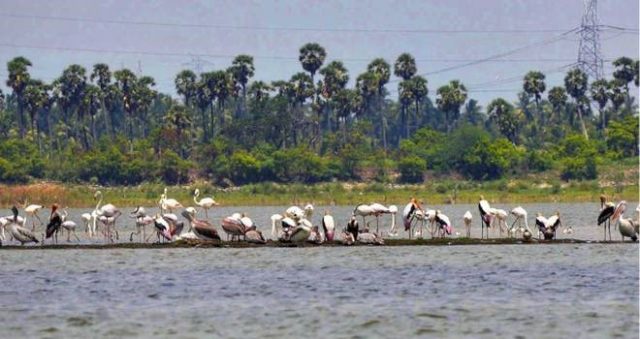
- The lake has been declared as an important bird area by the Bombay Natural History Society and as one of the 93 important wetlands by the Asian Wetland Bureau.
- The lake draws more than 20,000 migratory birds of 40 rare species from all over the World every year.
-
Pulicat Lake Birds Sanctuary
- Pulicat Lake Bird Sanctuary is located in Nellore district of Andhra Pradesh and Protected area in Thiruvallur District of Tamil Nadu.
- Pulicat Lake is the second largest brackish-water eco-system in India after Chilka lake in Orissa.
- The lagoon is an important habitat for
- 160 species of fish,
- 25 species of polychaetes worms,
- 12 species of prawn,
- 19 species of mollusk,
- 100 species of birds both terrestrial and aquatic birds.
- The sanctuary is most noted for the many greater flamingos.
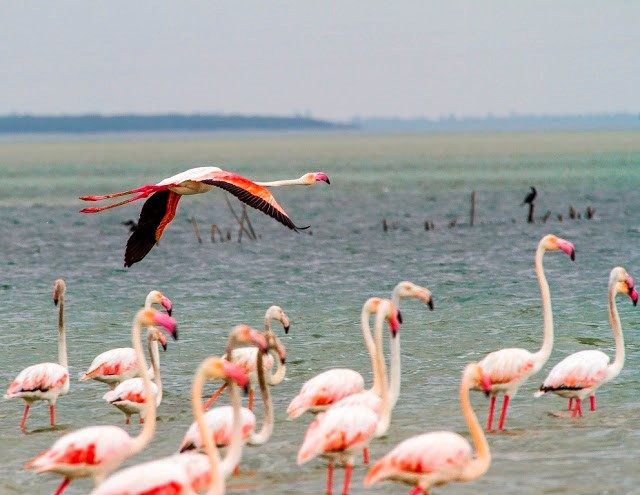
- The biodiversity of this lake attracts hundreds of thousands of visitors per year.
- Migratory birds mainly from Central Asia and Eastern Europe, visits this sanctuary.
- 3 days long Flamingo Festival is held every year to promote tourism here.
Biosphere Reserves
- The Biosphere Reserves are internationally designated landscape/seascape units under UNESCO's flagship programme "Man and the Biosphere (MAB)".
- Biodiversity Reserves help ensure the environmental, economic, and social sustainability of the region, by encouraging wise and judicious use of Natural and Social capital.
- There is no law to designate and establish a Biosphere Reserves.
- Biosphere reserves are organized into three interrelated zones, known as the core area, the buffer zone, and a transition zone.
- Core area
- In core or natural zone human activity is not allowed.
- This area is legally protected and undisturbed ecosystem.
- Buffer zone
- The immediate surrounding area of core zone is buffer zone.
- Here limited human activities like research, education and research strategy is permitted.
- Transition zone
- It is the outermost or peripheral area of biosphere reserve.
- With the cooperation of reserve management and local people several human activities like settlements, cropping, recreation, and forestry are carried out without disturbing the environment.
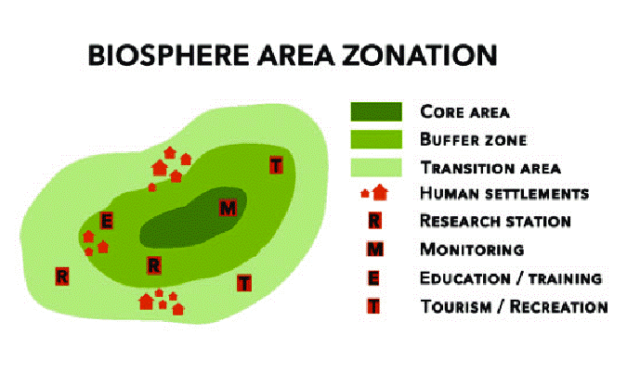
- The details of the 3 Biosphere Reserves in Tamil Nadu are as follows:
-
Nilgiris Biosphere Reserve
- The Nilgiri Biosphere Reserve was established in September 1986 by UNESCO and was declared a World Heritage site in 2012.
- The reserve spread over in the states of Tamil Nadu, Karnataka and Kerala.

- It was the first biosphere reserve of India and there are only 34 such Bio diversity Hot Spots in the world.
- This reserve encompasses 4 tiger reserves, 2 national parks and 1 wildlife sanctuary.
- This reserve is home to fauna includes over 100 species of mammals, 350 species of birds, 80 species of reptiles, about 39 species of fish, 31 amphibians and 316 species of butterflies.
- Also, 3,300 species of flowering plants can be seen here. Of the 3,300 species 132 are endemic to the Nilgiri Biosphere Reserve.
- This biosphere is famous for neelakurinchi which blossoms once in twelve years.
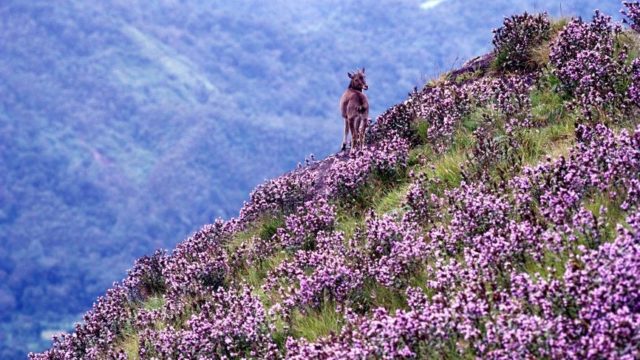
- Tribal groups like the Todas, Kotas, Irullas, Kurumbas, Paniyas, Adiyans, Edanadan Chettis, Allar, Malayan, etc., are native to this reserve.
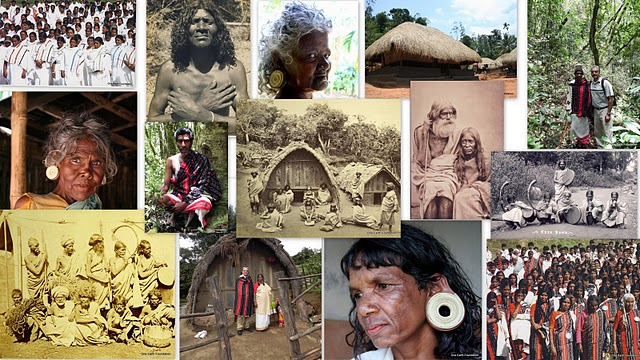
-
Gulf of Mannar
- The Gulf of Mannar is a large shallow bay forming part of the Laccadive Sea in the Indian Ocean.
- This is the first marine biosphere reserve in Asia.
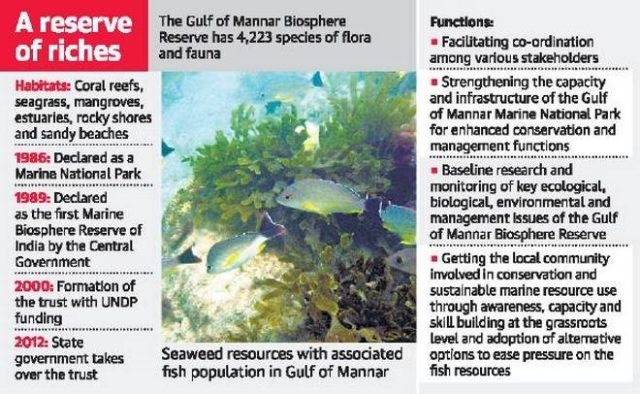
- It lies between the west coast of Sri Lanka and the south-eastern tip of India.
- The Gulf of Mannar Biosphere Reserve covers an area of 10,500 km² of ocean, 21 islands and the adjoining coastline.
- This includes islands and coastal buffer zone which consisting of beaches, estuaries, and tropical dry broadleaf forests, and the marine environments which consisting of seaweed communities, sea grass communities, coral reefs, salt marshes and mangrove forests.
- It is biologically richest coastal region in India with 3,600 species of plants and animals known to live within its boundaries.

- The Gulf of Mannar is famous for its pearl banks of Pinctada radiata and Pinctada fucata for at least two thousand years.
-
Agasthyamalai Biosphere Reserve
- The Agasthyamalai Biosphere Reserve (ABR) was established in 2001 and is spread across the two states of Kerala and Tamil Nadu.
- In March 2016, it was included in the World Network of Biosphere Reserves of UNESCO.

- ABR includes the border of Pathanamthitta, Kollam and Thiruvananthapuram Districts in Kerala and Tirunelveli and Kanyakumari Districts in Tamil Nadu.
- This reserve is home for,
- 2,254 species of higher plants including about 400 that are endemic,
- 79 species of mammals of which 20 are endemic,
- 88 species of reptiles of which 45 are endemic,
- 45 species of amphibians of which 30 species are endemic,
- 46 species of fishes including 10 endemics and
- Totally 337 species of birds have also been reported of which 20 are endemic.
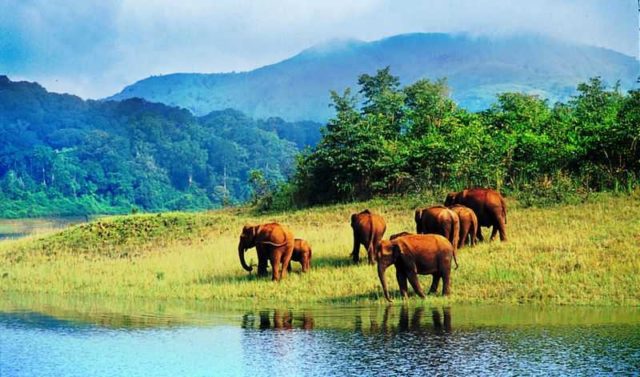
- About 400 Red Listed Plants have been recorded from ABR.
- About 125 species of orchids and rare, endemic and threatened plants have been recorded from the reserve.
- It is also having a unique genetic reservoir of cultivated plants, in particular cardamom, jamune, nutmeg, pepper and plantain.
- The reserve includes three wildlife sanctuaries, Shendurney, Peppara and Nayar, as well as the Kalakad Mundanthurai Tiger reserve.
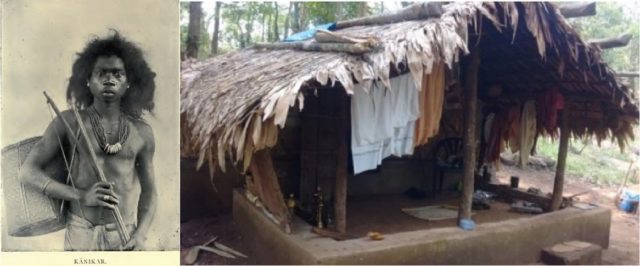
- It is home to the Kanikaran tribe, one of the oldest surviving ancient tribes in the world.
- - - - - - - - - - - - - - -
Leave a Reply
Your Comment is awaiting moderation.


